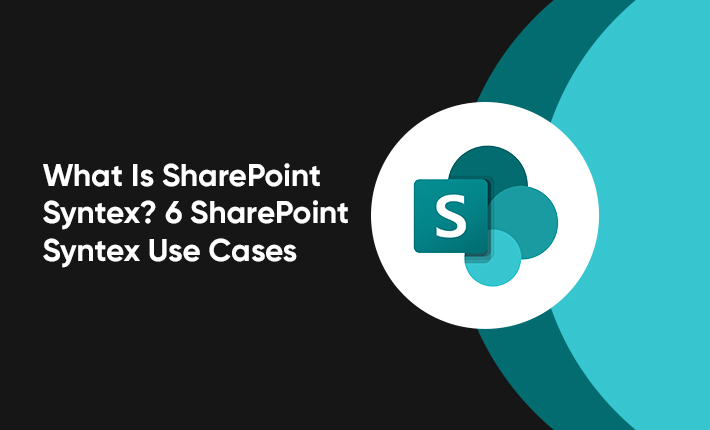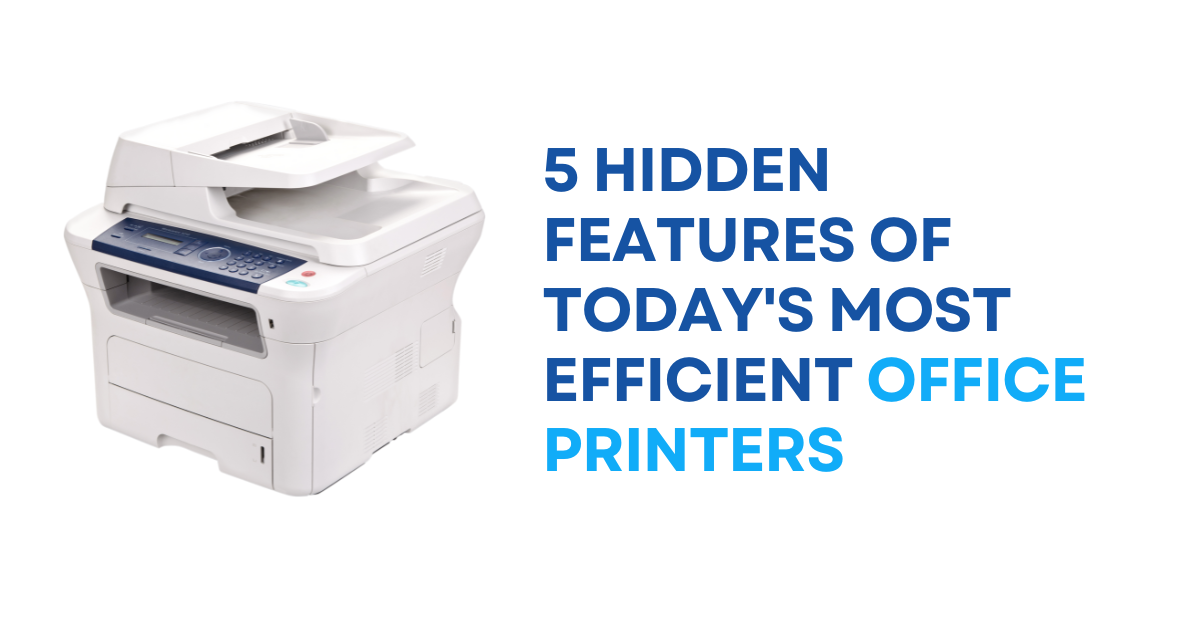SharePoint Syntex is an AI-powered content understanding service offered by Microsoft. It uses machine learning algorithms to extract valuable information from unstructured data and enhance content management capabilities within SharePoint. Syntex helps organizations automate content processing, categorization, and extraction of key information, resulting in improved efficiency and enhanced knowledge management.
In this article, we will explore six SharePoint Syntex use cases and how they can benefit organizations.
1) Document Classification and Organization: One of the primary use cases of SharePoint Syntex is document classification and organization. Syntex uses advanced machine learning models to analyze the content of documents and automatically classify them based on predefined categories or custom taxonomies. For example, a company dealing with contracts can use Syntex to automatically classify and organize contracts based on their type, such as sales contracts, procurement contracts, or service agreements. This capability streamlines document management, making it easier for users to find and access relevant information.
2) Metadata Extraction: Metadata plays a crucial role in content management systems as it provides additional context and enables efficient search and retrieval of documents. SharePoint Syntex employs natural language processing (NLP) techniques to extract metadata from unstructured documents automatically. It can identify key entities, such as names, dates, locations, and other relevant information, and populate the document's metadata fields accordingly. This eliminates the manual effort of entering metadata, ensures consistency, and improves searchability across the SharePoint environment.
3) Content Compliance and Records Management: Organizations often face challenges in ensuring content compliance with regulatory requirements and implementing effective records management. SharePoint Syntex can assist in automating compliance and records management processes. By analyzing document content, Syntex can identify sensitive information, personally identifiable information (PII), or specific data patterns that need to be flagged or protected. It can automatically apply retention labels, records management policies, and security controls to documents, ensuring compliance with industry regulations and internal policies.
4) Contract Analysis and Extraction: The analysis and extraction of key information from contracts is a time-consuming and error-prone task. SharePoint Syntex can streamline this process by automatically extracting critical data elements from contracts, such as parties involved, contract duration, payment terms, and clauses. This information can be used for contract lifecycle management, identifying potential risks, and generating insights for business decision-making. Syntex can also assist in contract discovery by searching through a vast repository of documents to identify relevant contracts based on specific criteria.
5) Content Recommendation and Personalization: With the growing volume of content in organizations, it becomes increasingly challenging for users to discover relevant information. SharePoint Syntex can help overcome this challenge by providing content recommendation and personalization capabilities. By analyzing user behavior, content consumption patterns, and contextual information, Syntex can suggest relevant documents, articles, or resources to users, enhancing their productivity and knowledge discovery. This personalized content delivery improves user engagement and ensures that individuals have access to the most relevant information for their roles and responsibilities.
6) Knowledge Extraction and Mining: Organizations possess vast amounts of knowledge spread across various documents and repositories. SharePoint Syntex can assist in extracting and mining knowledge from unstructured content, making it more accessible and reusable. By analyzing documents, Syntex can identify frequently asked questions, best practices, or expert knowledge hidden within the content. This knowledge can be captured and transformed into structured formats, such as FAQs or knowledge base articles, improving knowledge sharing and collaboration within the organization.
In summary, SharePoint Syntex offers a wide range of use cases that empower organizations to optimize their content management processes. Whether it's automating document classification, extracting metadata, ensuring compliance, analyzing contracts, providing personalized content recommendations, or enabling knowledge extraction, Syntex leverages AI and machine learning to unlock the full potential of unstructured content. By implementing SharePoint Syntex, organizations can streamline their content management workflows, enhance knowledge sharing, and drive operational excellence.

















Post Comments